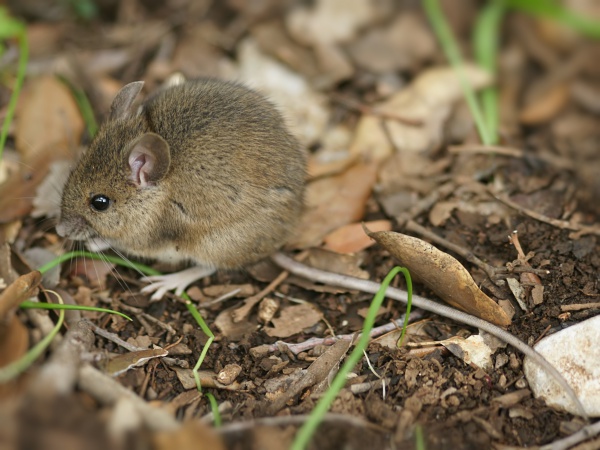Facts About Wood (Long-tailed Field) Mouse
The wood mouse, often referred to as the long-tailed field mouse, is a small rodent native to Europe and northwestern Africa. It is closely related to the yellow-necked mouse, but can be distinguished by its lack of a yellow band around the neck, slightly smaller ears, and overall smaller size.
These diminutive creatures are common across Europe and are occasionally regarded as pests due to their proximity to human habitats. They can be found in various environments, including forests, grasslands, and cultivated fields. In winter, they tend to favor wooded areas. Wood mice primarily consume seeds from trees, but they also feed on small insects, berries, fruits, fungi, and roots. They are nocturnal, meaning they are active at night, and they enjoy burrowing and creating nests from plant materials.
Wood mice exhibit some fascinating behaviors. For example, they use visual landmarks to navigate their surroundings. If captured, they have the ability to shed their tails to escape predators. They employ several strategies to evade natural predators such as foxes, snakes, weasels, and birds of prey. Although they do not hibernate, wood mice may enter a torpid state during extremely cold winters to conserve energy.
Breeding season for wood mice spans from February to October. Males compete for females, and it is common for litters to have multiple fathers. Male wood mice have distinctive sperm with specialized heads and hooks that aid in their competition to fertilize eggs. The gestation period for females is approximately 25-26 days, and they typically give birth to around five offspring. These young mice grow rapidly, becoming independent in about three weeks and reaching sexual maturity in just two months.
